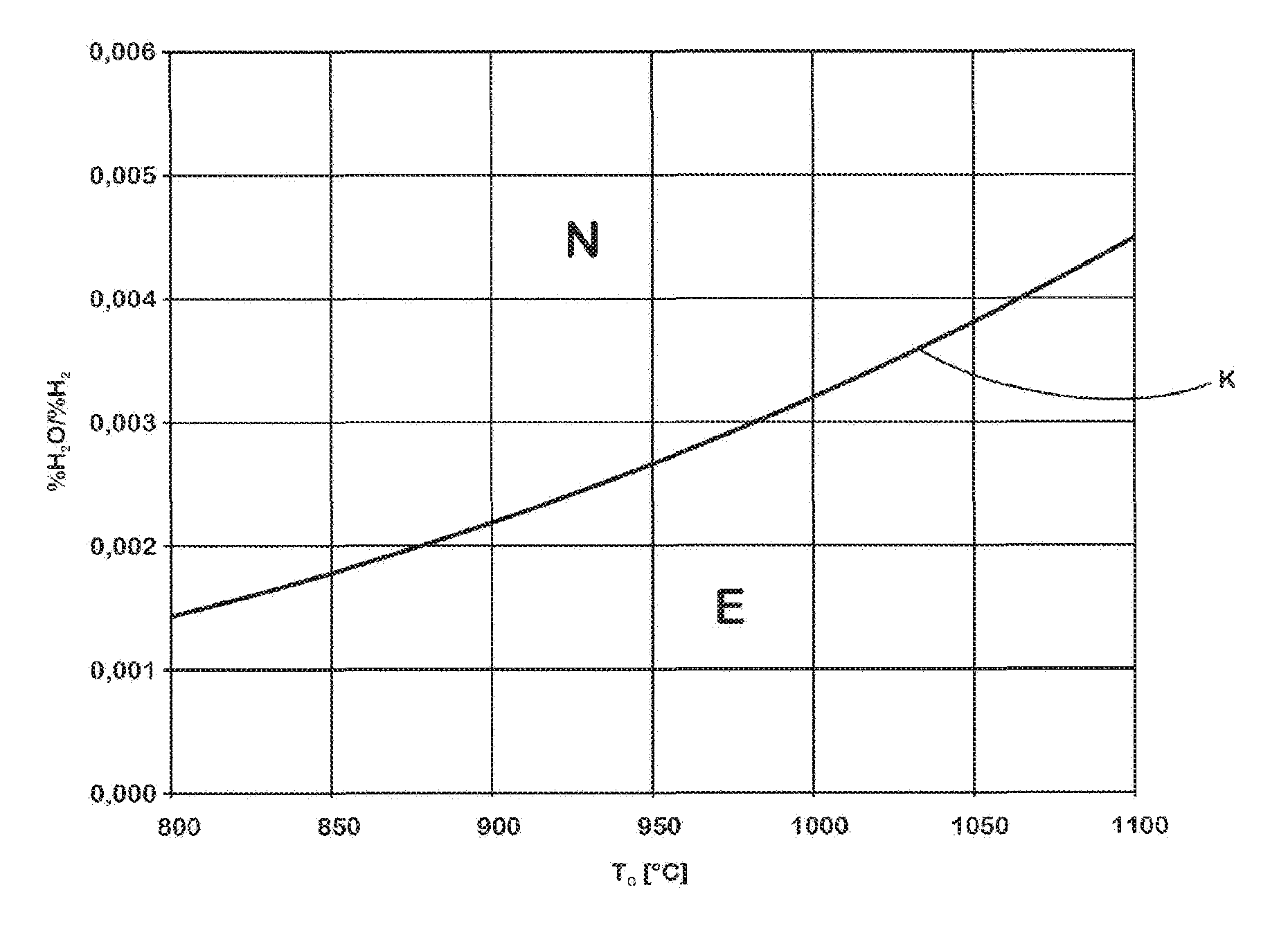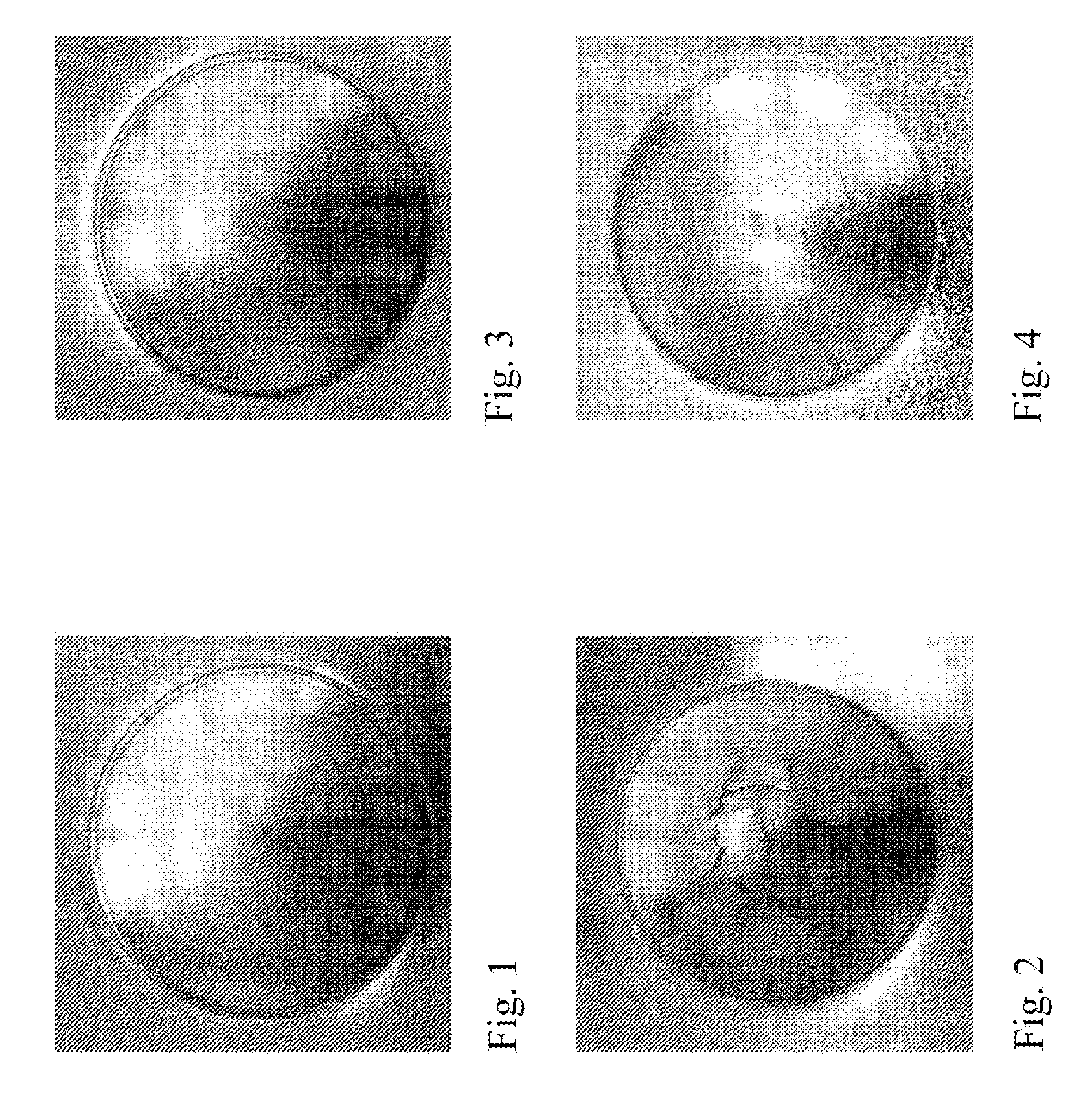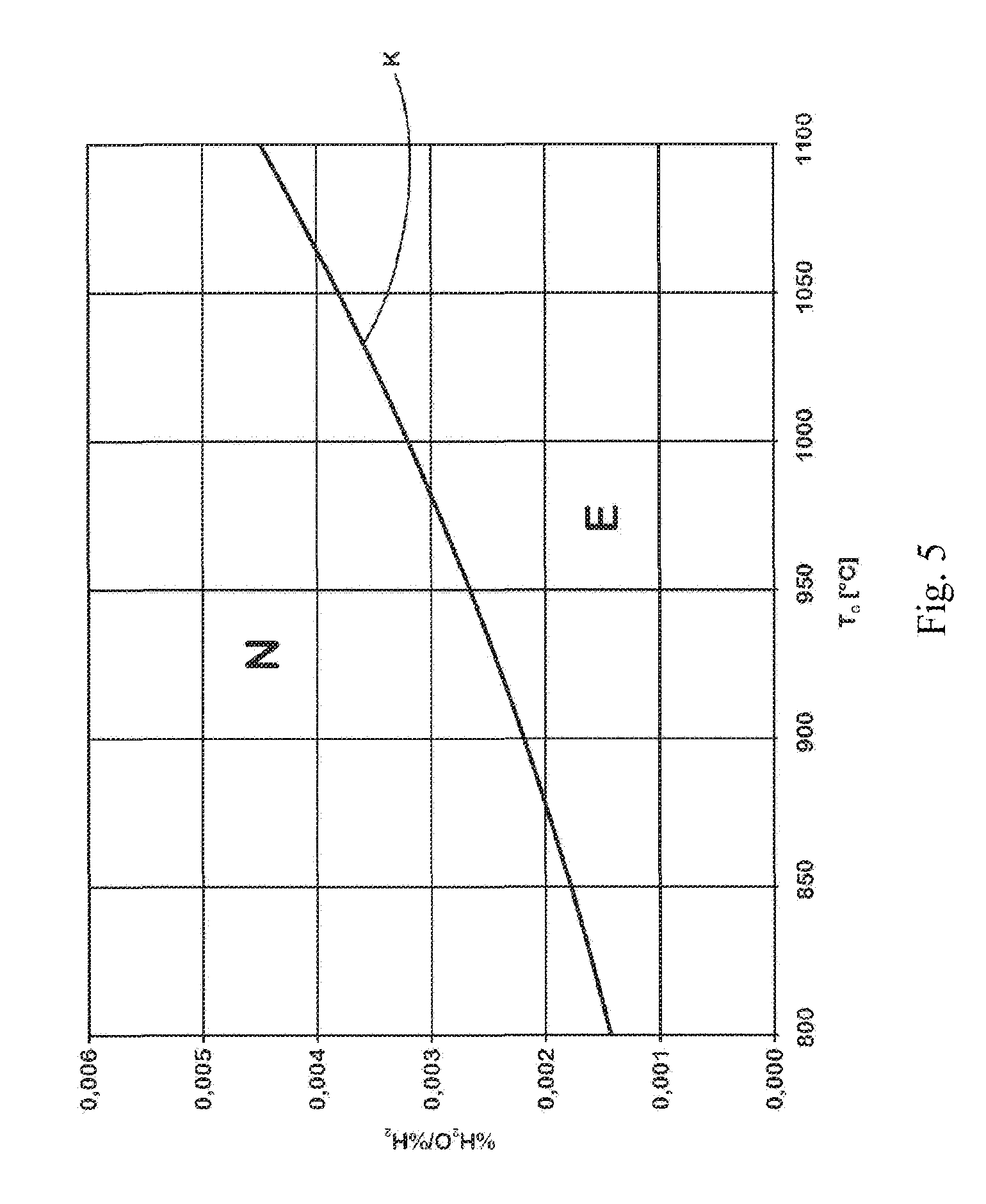Process for coating a hot- or cold- rolled steel strip containing 6−30% by weight of MN with a metallic protective layer
a technology of hot-or-cold-rolled steel and protective layer, which is applied in the direction of coating, metallic material coating process, hot-dipping/immersion process, etc., can solve the problems of limited use range of high-quality steels, difficult to use steels belonging to the material group of highly alloyed sheet steel especially in car body construction, and high manganese conten
- Summary
- Abstract
- Description
- Claims
- Application Information
AI Technical Summary
Benefits of technology
Problems solved by technology
Method used
Image
Examples
Embodiment Construction
[0036]In three trial series V1, V2, V3 three high-strength, high manganiferous steels S1, S2, S3, whose composition is indicated in table 1, were cast into slabs and rolled to hot strip. The hot-rolled strip obtained in each case was subsequently cold-rolled to final thickness and conveyed to a conventional hot dip coating installation.
[0037]In the hot dip coating installation the steel strips were first cleaned and subsequently, in a continuous annealing process, were brought to the respective annealing temperature TG, at which they were held over an annealing time ZG of 30 seconds in each case under a hydrogen-containing annealing atmosphere adjusted according to the invention.
[0038]After the annealing treatment the annealed steel strips were cooled down in each case to a dip-tank entry temperature of 470° C. and taken in a continuous operation through a 460° C. hot zinc dip-tank, which consisted of 0.2% Al and remainder Zn and unavoidable impurities. After withdrawal from the hot...
PUM
| Property | Measurement | Unit |
|---|---|---|
| temperature | aaaaa | aaaaa |
| elongations at break | aaaaa | aaaaa |
| thickness | aaaaa | aaaaa |
Abstract
Description
Claims
Application Information
 Login to View More
Login to View More - R&D
- Intellectual Property
- Life Sciences
- Materials
- Tech Scout
- Unparalleled Data Quality
- Higher Quality Content
- 60% Fewer Hallucinations
Browse by: Latest US Patents, China's latest patents, Technical Efficacy Thesaurus, Application Domain, Technology Topic, Popular Technical Reports.
© 2025 PatSnap. All rights reserved.Legal|Privacy policy|Modern Slavery Act Transparency Statement|Sitemap|About US| Contact US: help@patsnap.com



